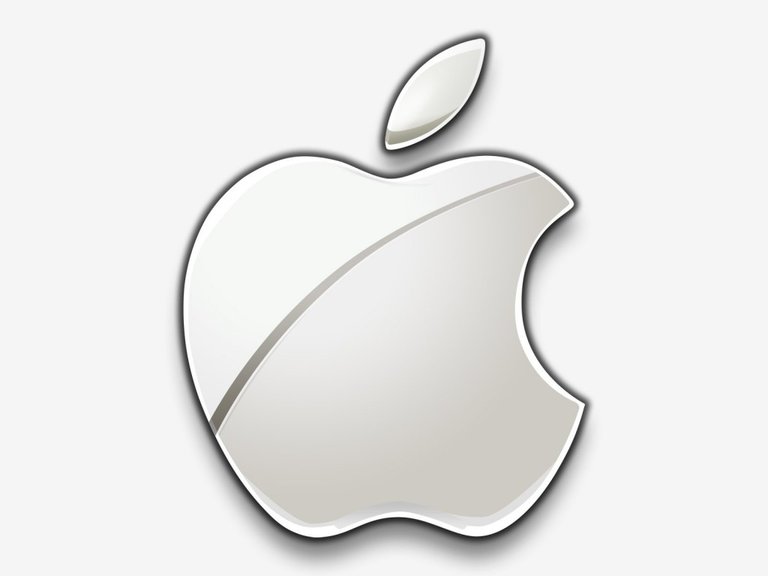For each correct answer 0,1 STEEM DOLLARS
The history of iPhones is actually a remarkable story about a device that, under the normal rules of business, should not have been designed. Apple had given the popularity to the iPod, so it should have been the last company in the world to try to build something, aim of which was to “kill” music players. Yet in 2005 Apple co-founder Steve Jobs realized the necessity of creating a universal gadget that could not only make calls but also play music and videos, and do many other things.

Fortunately for Apple, most phones on the market were a breakdown. The simplest phones didn’t do much other than make calls, and the more functions were added to phones, the more uncomfortable they became to use. Getting music and video on 2005-era phones was too complicated, and if you managed that, getting the device to actually play your stuff was a joyless procedure involving numerous screens and menus. Those phones weren’t any good as entertainment devices. Besides, they didn’t have a good method of input. Hard keys were good for typing, but not for navigation.

Apple’s chief designers managed to create a new technology – a multitouch phone. Jobs knew it was a risk: will people find it convenient to type on a touchscreen? But the payoff could be huge: if the phone’s only interface was a touchscreen, it would be endlessly flexible – you would be able to use it not just for talking and music but for anything else.

Apple spent over thirty month designing the device. An approximate 150 million US dollars are said to have been spent on the project.

As a result, the iPhone was introduced at the Macworld convention in San Francisco in 2007. Hundreds of customers lined up outside the stores in the US when the iPhone went on sale. Soon the iPhone was available in some European countries like France, the UK and Germany.
Since then Apple managed to develop a highly effective system distributing its devices on the markets in different countries and regions.

Among the characteristics associated with Apple, the most valued one is the attention to innovation. Smartphones are a large step forward when compared to predecessors.
Which of the following can be inferred from the text?
A — iPod was a universal gadget.
B — iPhones were created by mistake.
C — iPnones shifted iPods from the market.
D — iPod is Apple’s most remarkable invention.
What is TRUE about 2005-era phones?
A — They didn’t satisfy customers’ needs.
B — Most of them had touch screens.
C — The users had no difficulty in playing music and videos on them.
D — They had keys which were good for navigation.
What does the author mean by saying that “the payoff could be huge”?
A — The number of iPhones supposed to be huge.
B — It was possible that the public would like iPhones more than any other phone.
C — There were going to be several generations of iPhones.
D — The project cost lots of money.
Which of the following is NOT TRUE according to the text?
A — First iPhones were introduced in the United States.
B — iPhones are rather musical players than smartphones.
C — iPhones are available in different countries.
D — Apple is an innovative company.
According to the text, what helped Apple to become a big success?
A — The company wasn’t afraid to move in a new direction.
B — It spent millions of dollars for advertising.
C — It participated in the Macworld convention in San Francisco.
D — In 2005 it focused on the release of the iPod.
Source:
http://lyceum32.org/distance-learning/english/437-11en
Source:
http://lyceum32.org/distance-learning/english/437-11en
Copying/Pasting articles without permission is copyright infringement. If you want to share a news story, simply link to the source, and include your original commentary, and possibly small quotes from source. Copy paste is discouraged by the community, and may result in action from the cheetah bot.
This post has been linked to from another place on Steem.
About linkback bot.